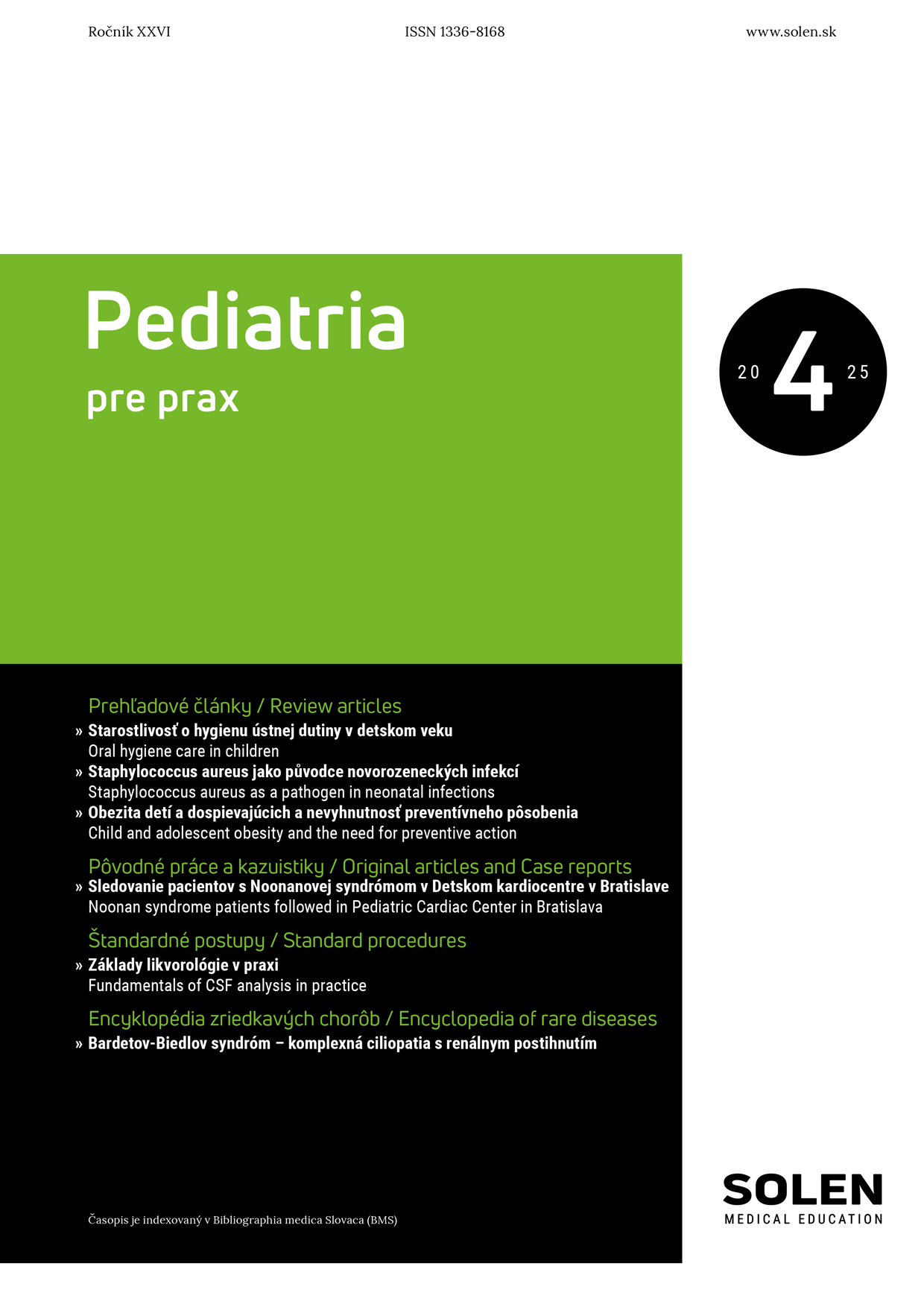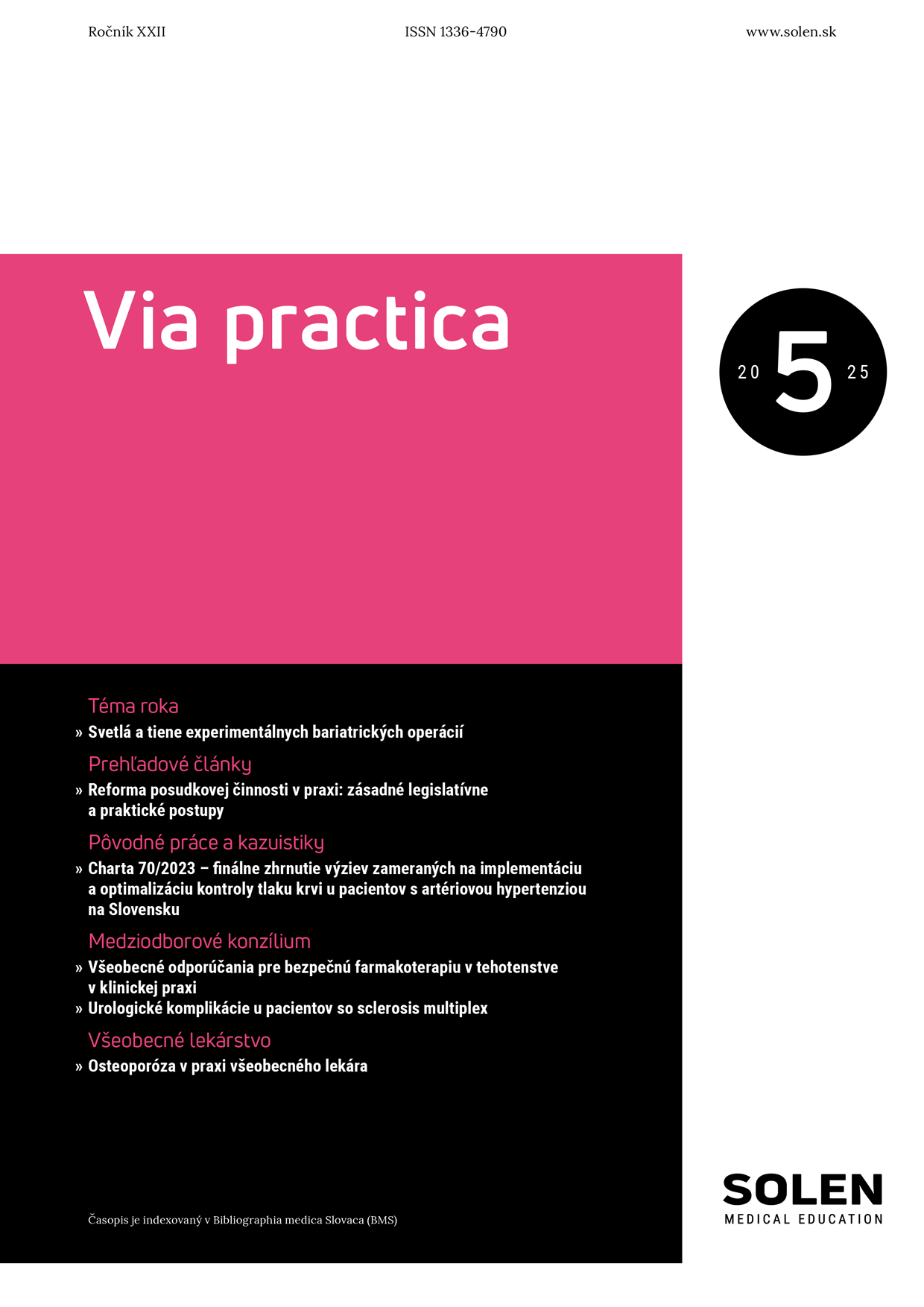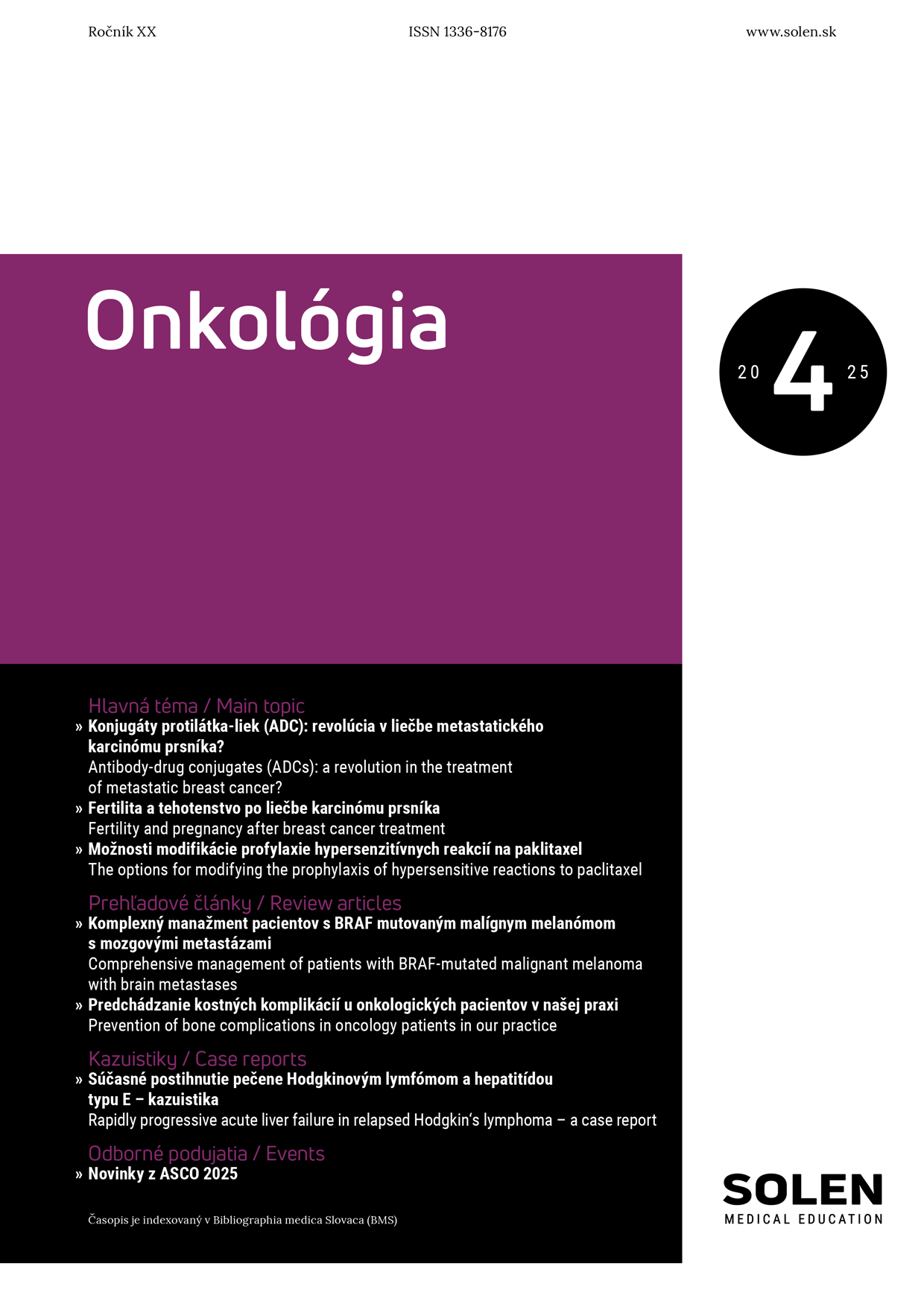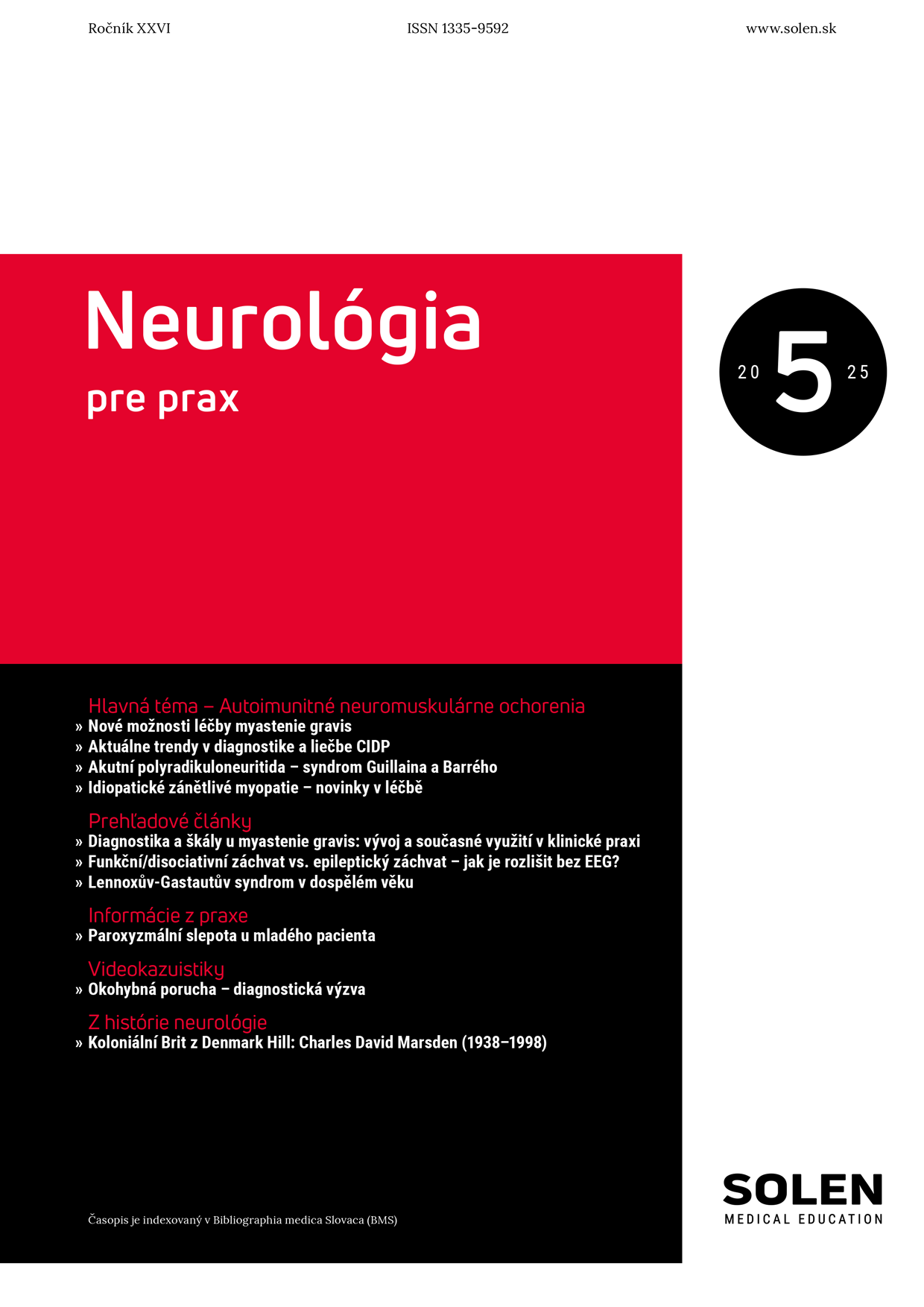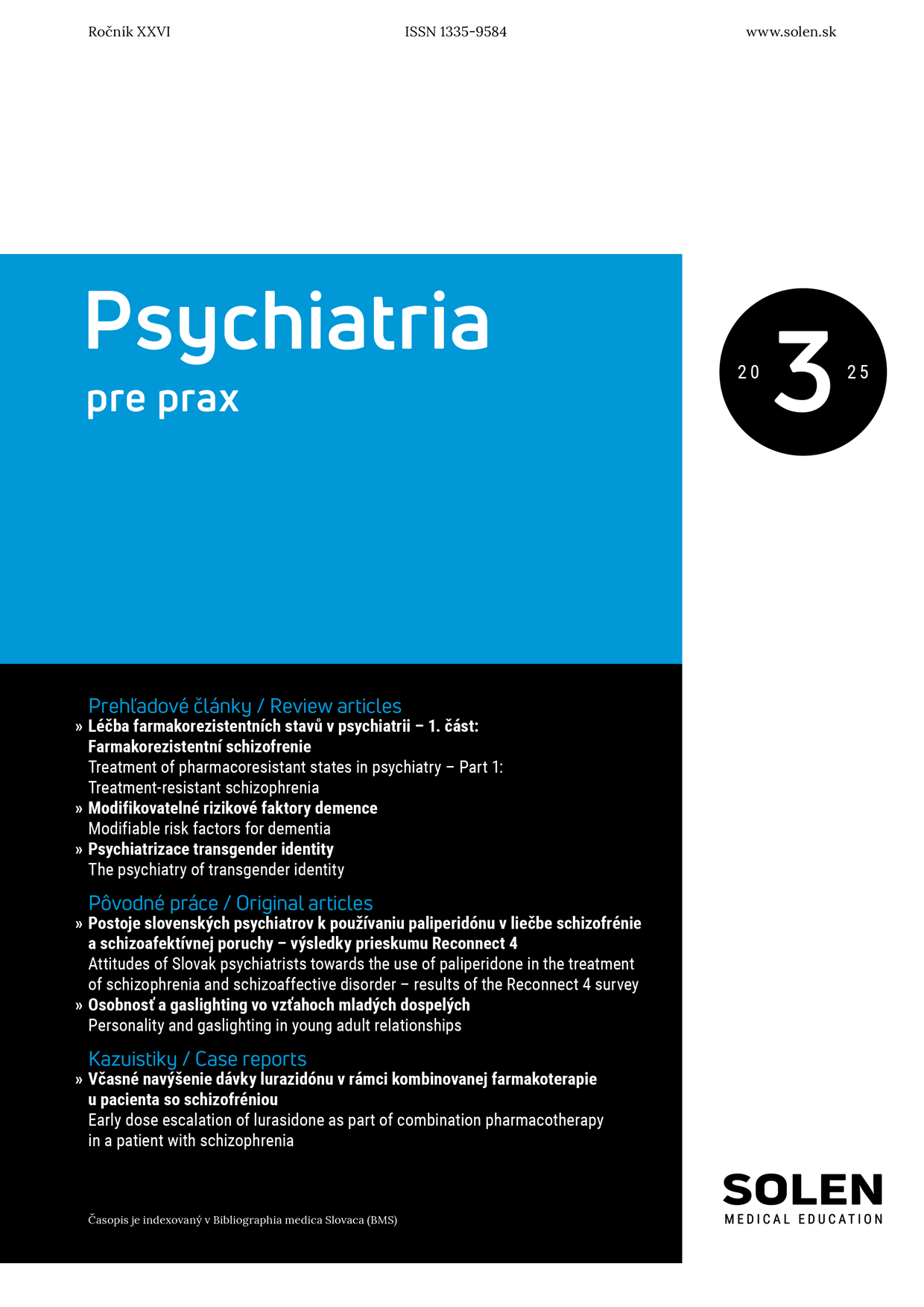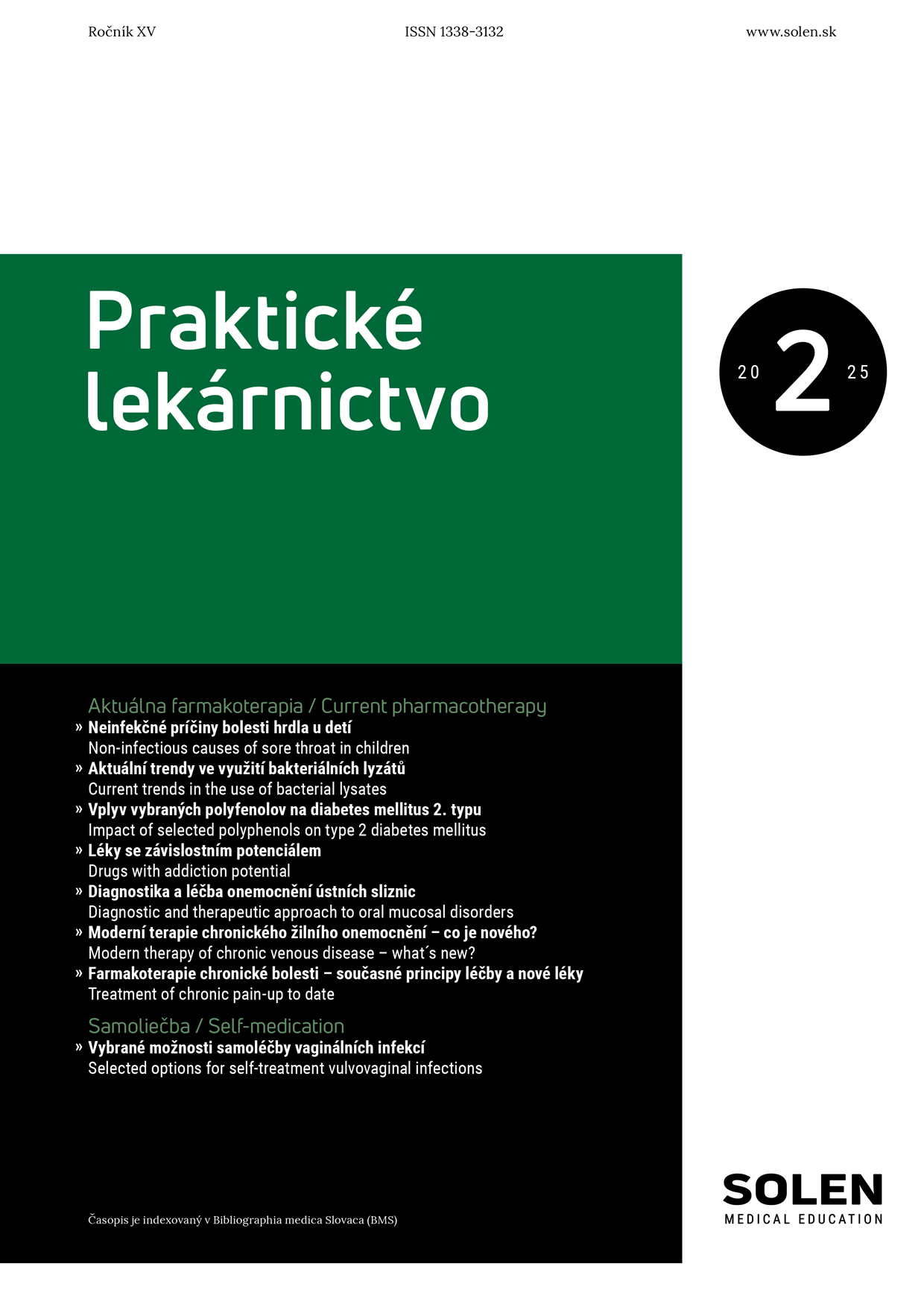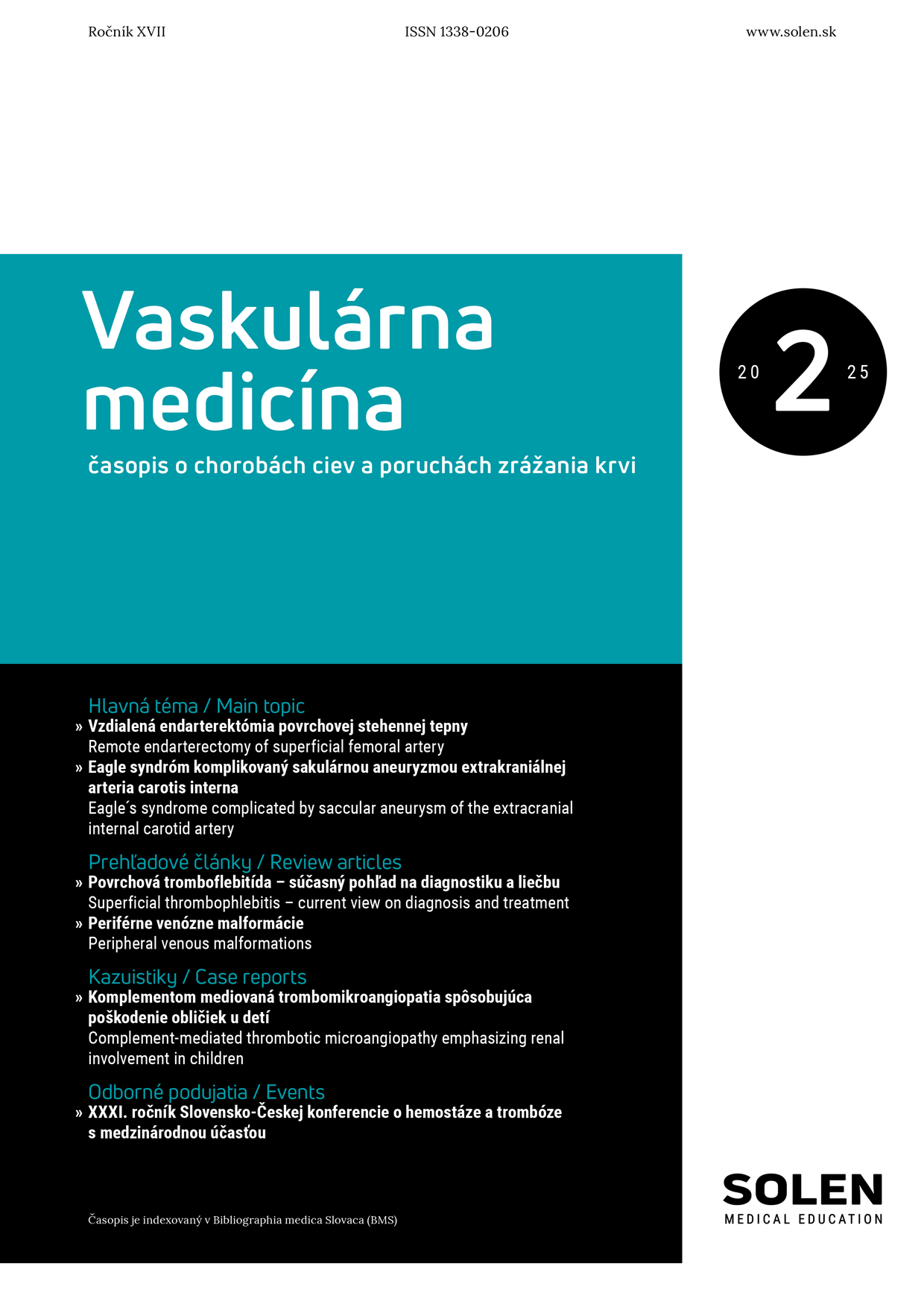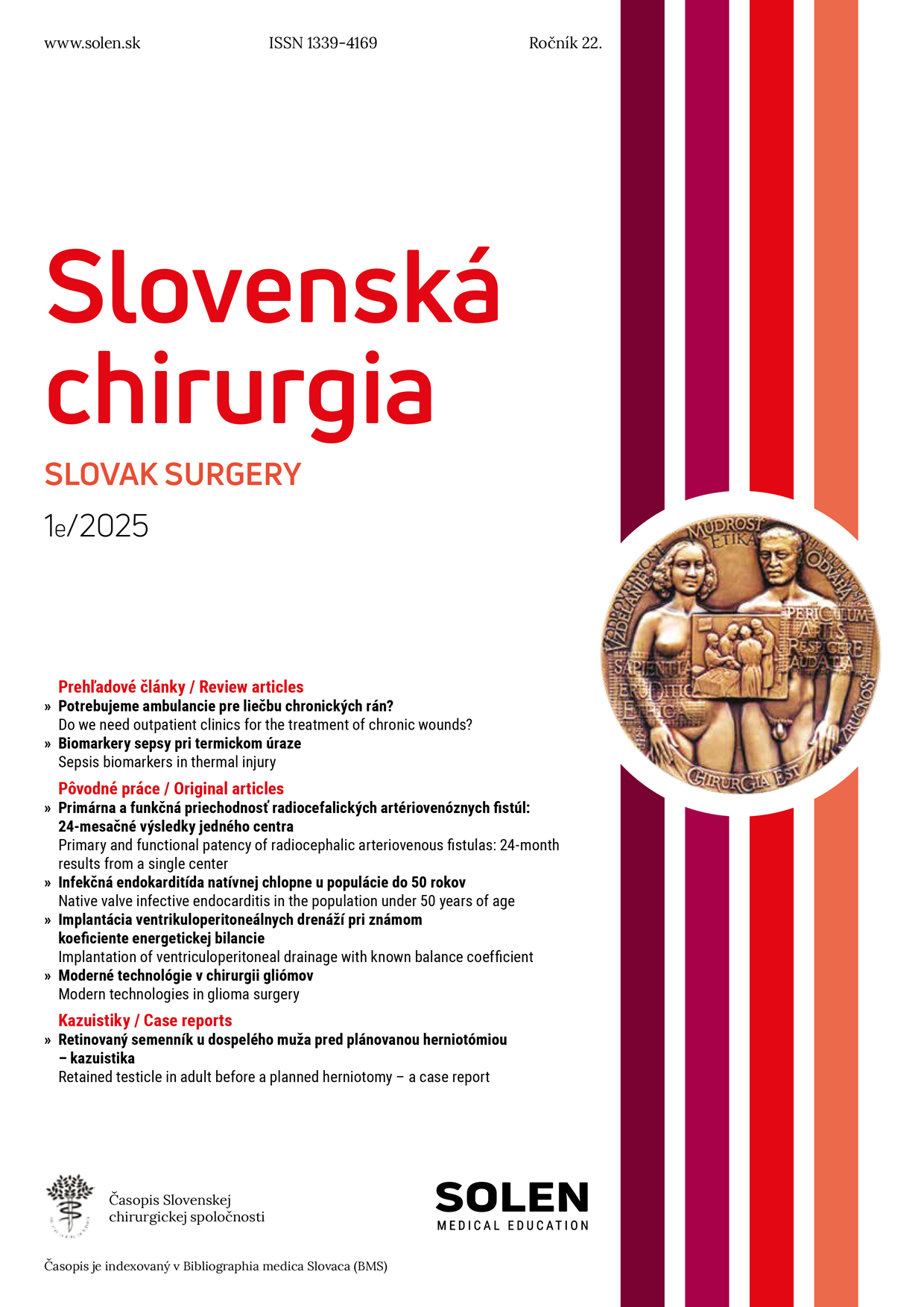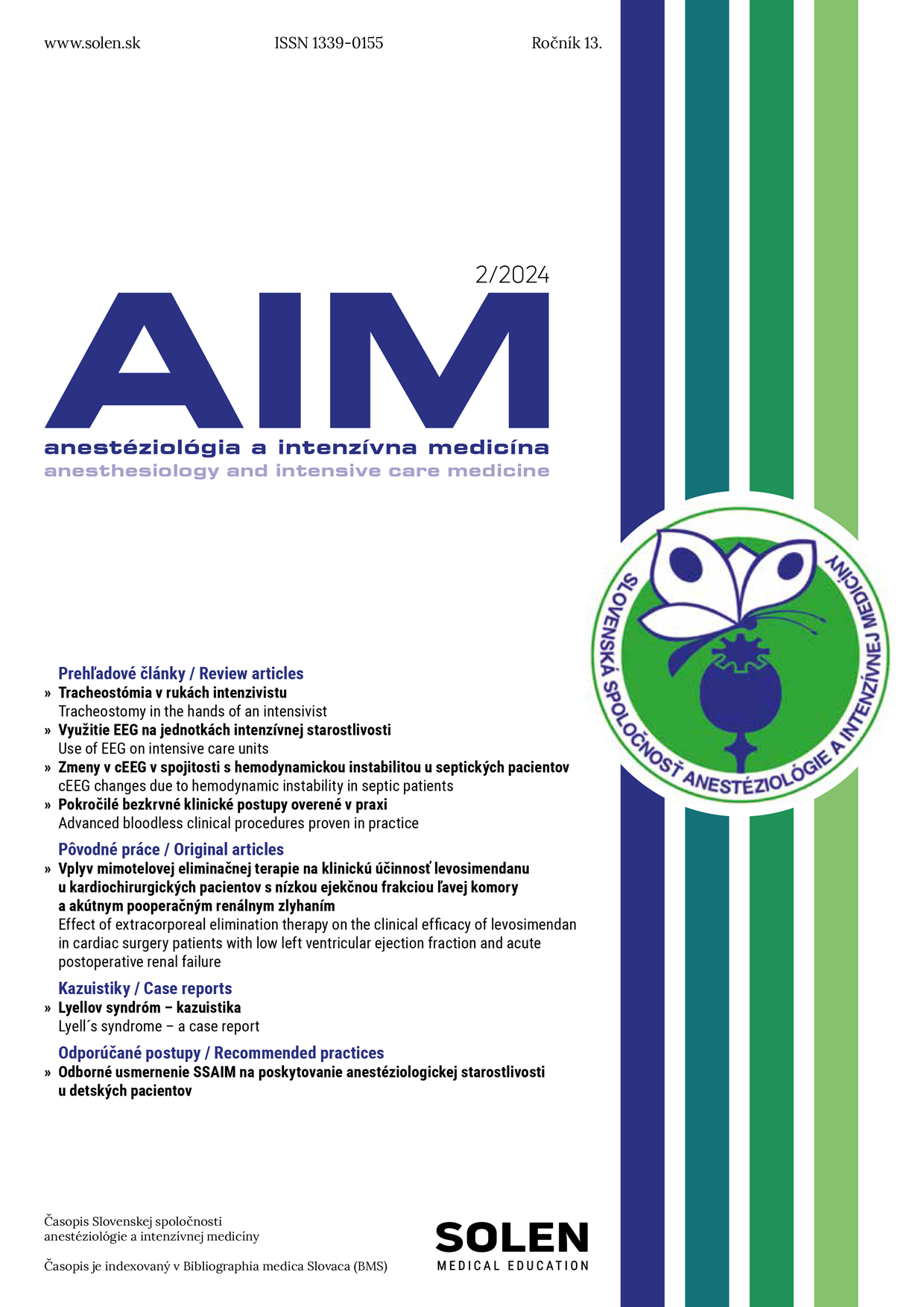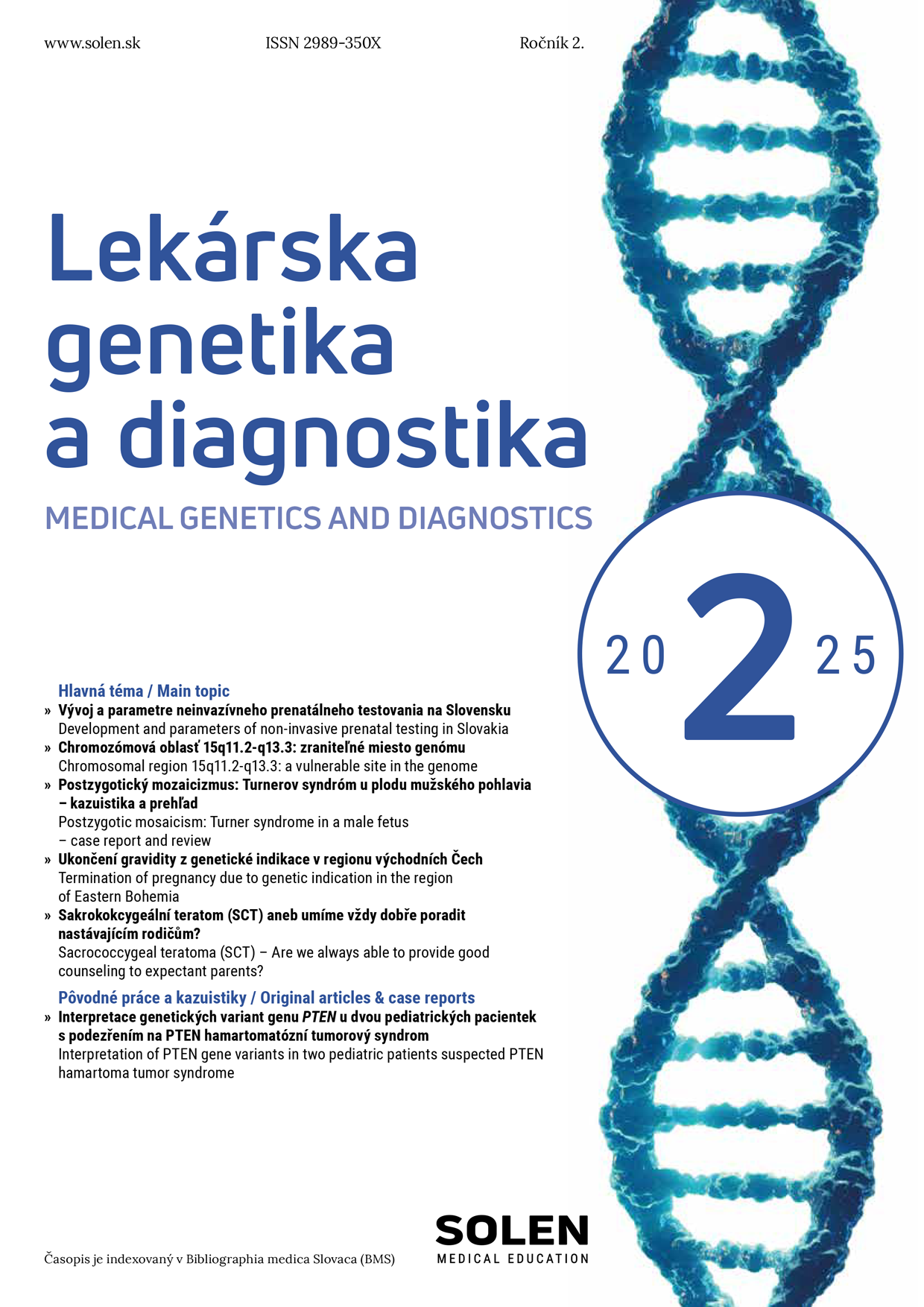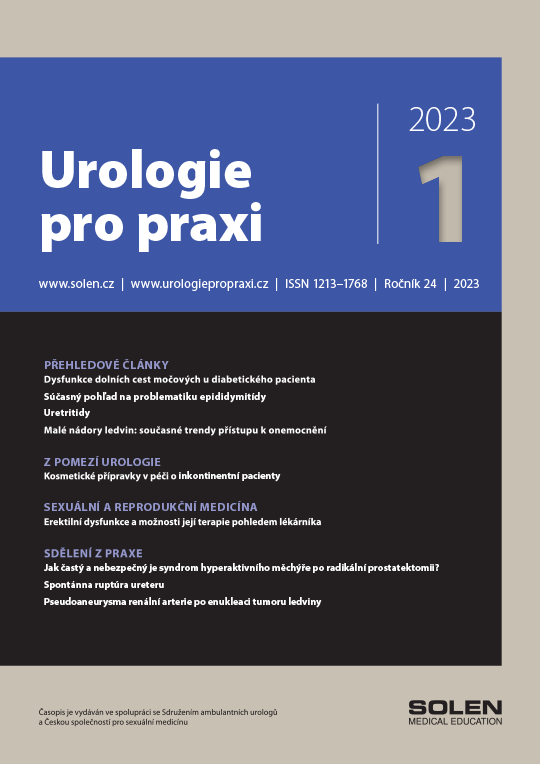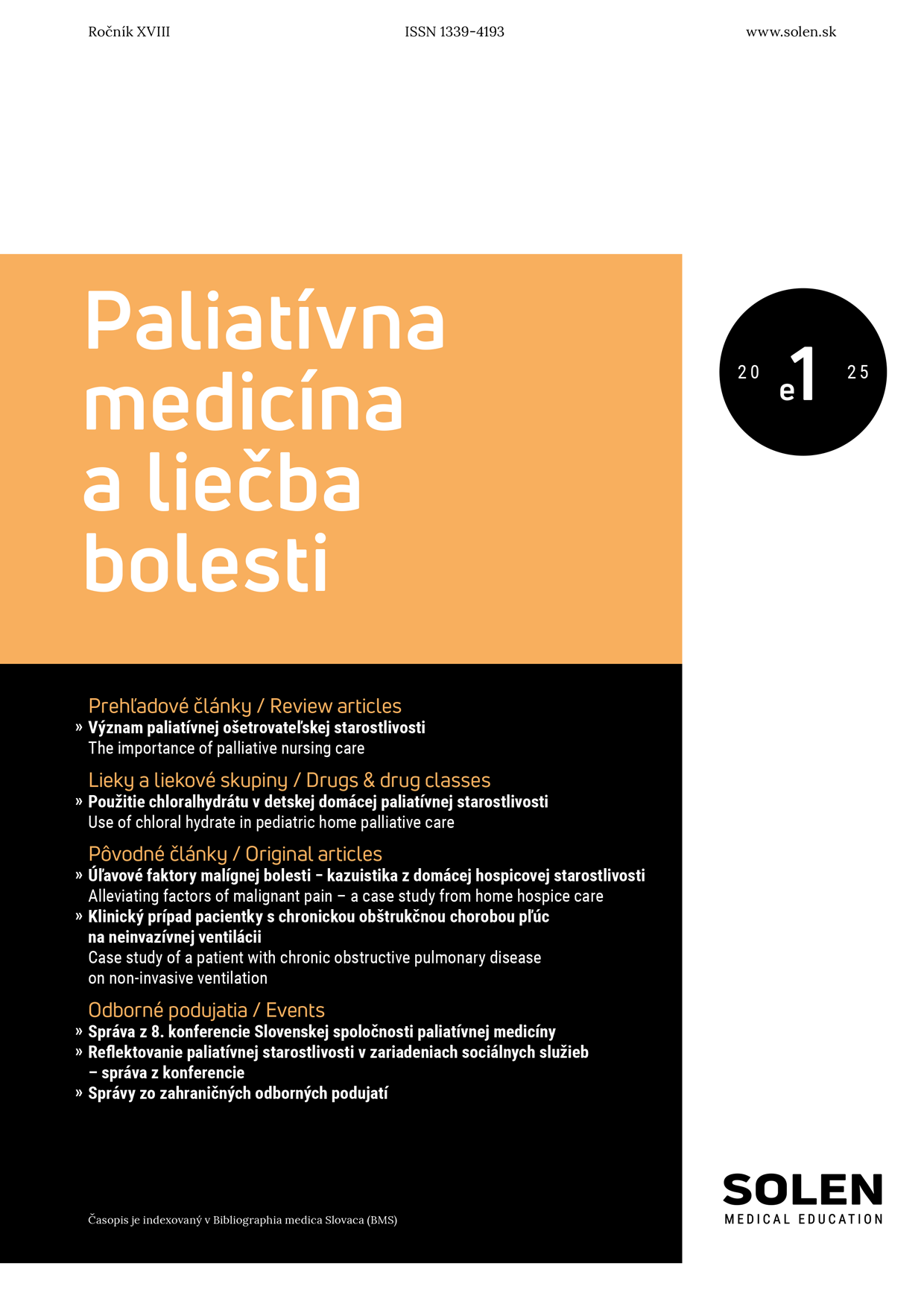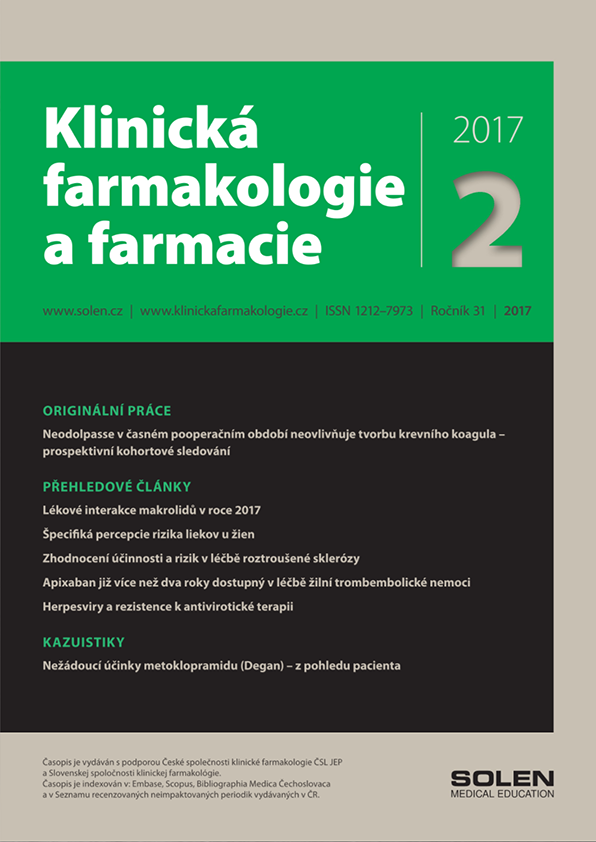Onkológia 6/2024
Treatment options for acute myeloid leukemia in 2024
Acute myeloid leukemia (AML) is an often fatal malignant hematopoietic disease characterised by uncontrolled proliferation of clonal hematopoietic cells. It is the most common adult acute leukemia, with a median age of 67 years at the time of diagnosis. The estimated 5-year overall survival (OS) is 30%, but there are large differences between age groups and between diseases with different genetic profiles. The large heterogeneity of disease subtypes thus makes it challenging for the clinician to approach therapy individually. In the last decade, in addition to developments in transplantology, several molecules have been approved that have significantly improved the survival of patients with AML. A better understanding of the molecular biology of the disease has led to a rethinking of the diagnosis, classification, and monitoring of AML. Treatment is divided into induction and consolidation therapy. The backbone of intensive induction therapy remains a combination of cytarabine and anthracycline-based regimens and allogeneic hematopoietic stem cell transplantation (HSCT) for suitable candidates, which can maintain remission long-term due to the complex immunological, so-called graft-versus-leukemia (GvL) effect and represents a curative potential. By introducing less toxic preparatory regimens before transplantation, we can also offer this treatment to elderly patients and thus significantly improve their prognosis. A new option for elderly and morbid patients is the socalled semi-intensive regimen with azacitidine and venetoclax, which opens the door for another spectrum of AML patients to achieve complete remission (CR) with an acceptable safety profile. This paper offers a contemporary perspective on AML therapy in Slovakia.
Keywords: acute myeloid leukemia, induction therapy, consolidation therapy, measurable residual disease


